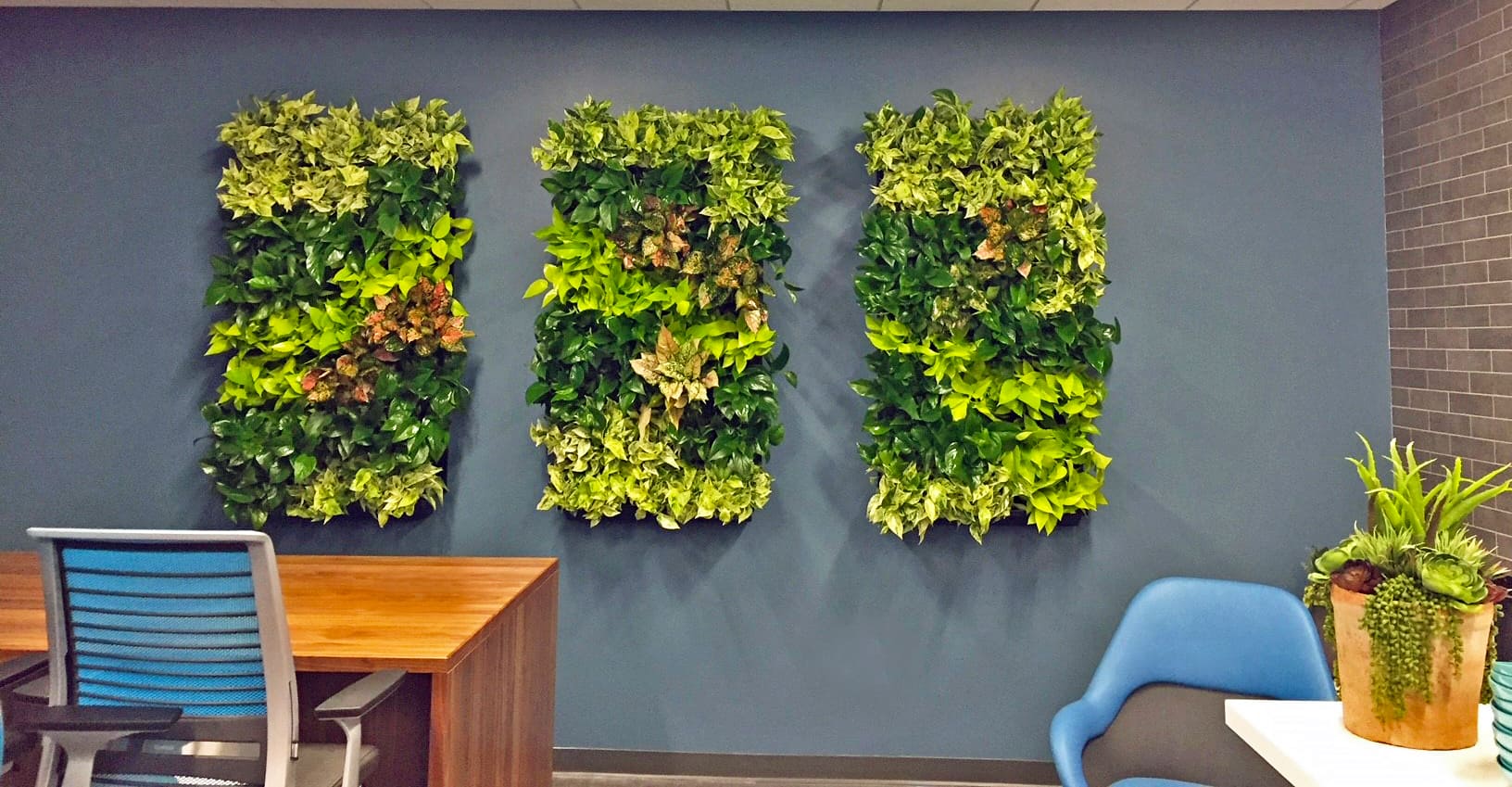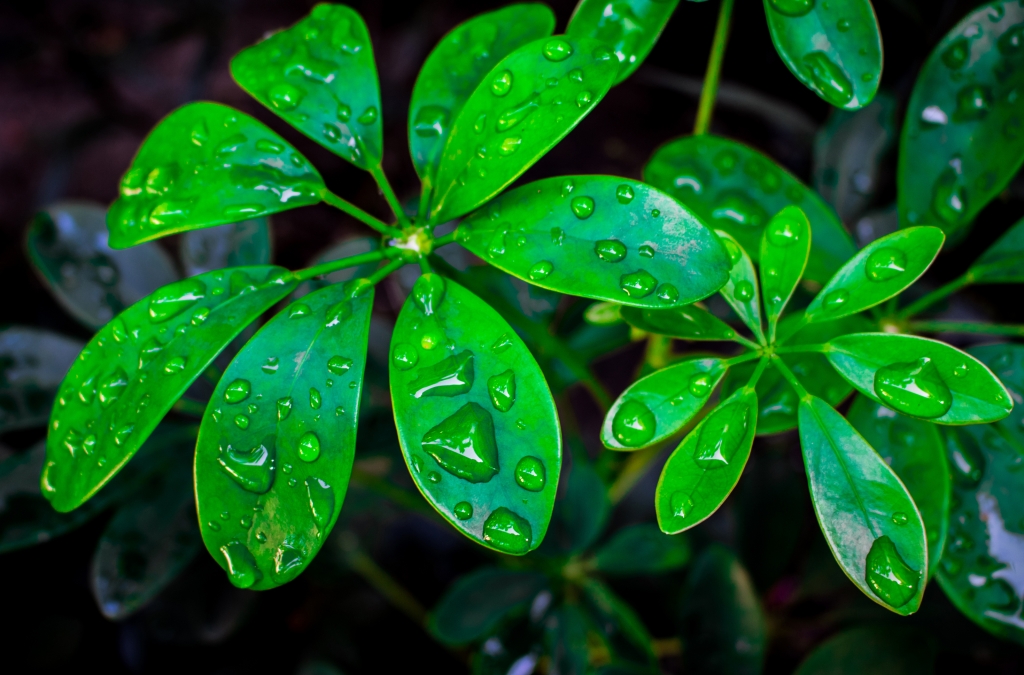Freshen up and humidify your indoor space with plants and say adios to the flu!
Right now Southern California is experiencing both cold and hot days this winter season, leaving a trail of fire-promoting dryness. Our coastal desert dryness with seasonal Santa Ana winds blowing reduces the surrounding humidity that can reach below 20%. (To compare, the Saharan Desert rates in at 10% humidity.) At the same time, cold and flu season is coming into its peak. And as it turns out, dry air, especially dry indoor air, is a favorite of the flu.
Flu viruses don’t like to hang out in higher humidity.
Here is the key point. Peer-reviewed studies over the last 10 years have shown indoor air at 40-60% relative humidity (RH), reduces influenza viruses lingering in the air and surfaces such as sink faucets, door handles, and counter-tops. Though this percentage of humidity is not the perfect environment for these types of viruses, it is all-around an optimal setting for human beings. More humidity is too uncomfortable yet molds and fungi love it; while less leaves us more vulnerable to various ailments due to the arid conditions.
Higher humidity significantly reduces the ability of influenza traveling through the air from establishing an infection. Viruses take to the air through a sneeze, cough and even a simple exhale of the breath. At the right RH, moisture in the air rapidly slows down the transmission and actually inactivates the virus; whereas a low humidity environment keeps the virus active and hanging around much longer. And besides, dry air simply sucks our own moisture from us. It contributes to skin irritations and itchy eyes. It also can cause respiratory problems such as bronchitis, asthma, nose bleeds and overall dehydration. We need the right amount of humidity for overall health.
How do plants create humidity?
Plants expire water vapor and is called transpiration that actually helps pull water from the roots to travel up the plant, lost as water vapor into the air through pores in its leaves. Plants typically lose about 90% of their water a day through this process. In contrast, photosynthesis, the conversion of sunlight into energy, only uses about 1% of all the water a plant absorbs. A full grown tree outside can easily transpire several hundred gallons of water in one day!

It is safe to say, balanced humidity along with fresh air indoors is an important feature to help us feel good and stay healthy. There are many types of humidifiers out on the market, but the most natural way to bring moisture and fresh air to your indoor surroundings is simply through plants. By keeping a significant amount of plants relative to the amount of space in the workplace or home, levels of humidity and fresh air increases which is a very good thing during the nasty season of colds and flu.
Several plants to consider adding to your indoor environment are Schefflera arboricola, or more commonly called umbrella plant. It’s broad leaves help transpire more moisture into the air. Another excellent way to bring the lovely benefits of green plants are through living walls. They not only provide beautiful living art to any space, living walls bring wellness through the numerous plants hanging together, transpiring both oxygen and humidity. Due to their closeness to each other, the humidity levels increase around the plants and help raise the moisture in the air.








